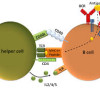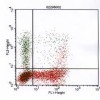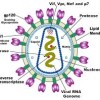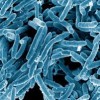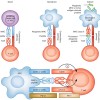Age-related differences in cell-specific cytokine production by acutely ill Malawian patients
Abstract
Age-related changes in human cell-specific cytokine responses to acute illness have not been well examined. We therefore evaluated age-related differences in T, B and natural killer (NK) peripheral blood lymphocyte cytokine responses of 309 acutely ill hospitalized people in Malawi, Africa, < 1 month-61 years of age.… Read more
